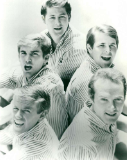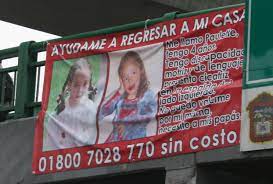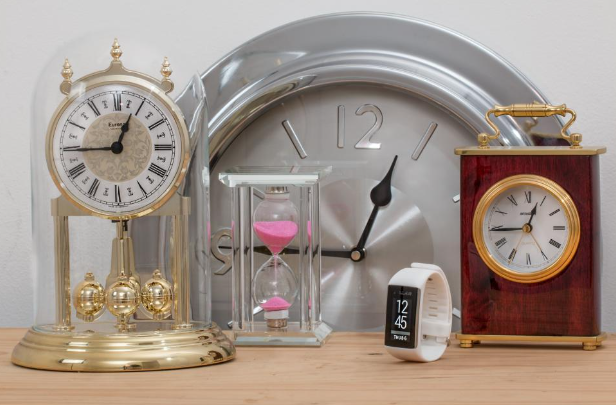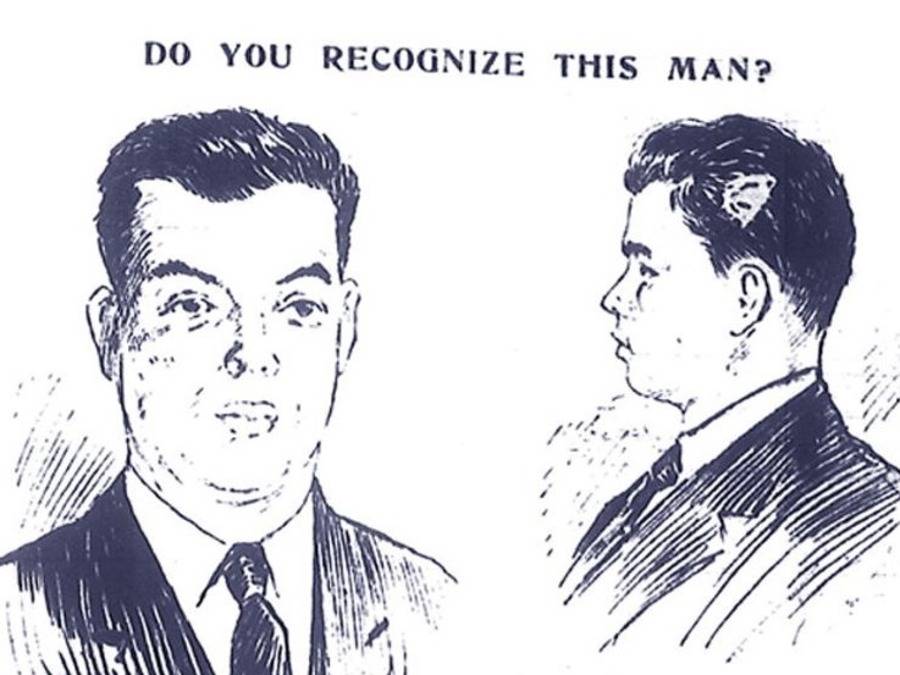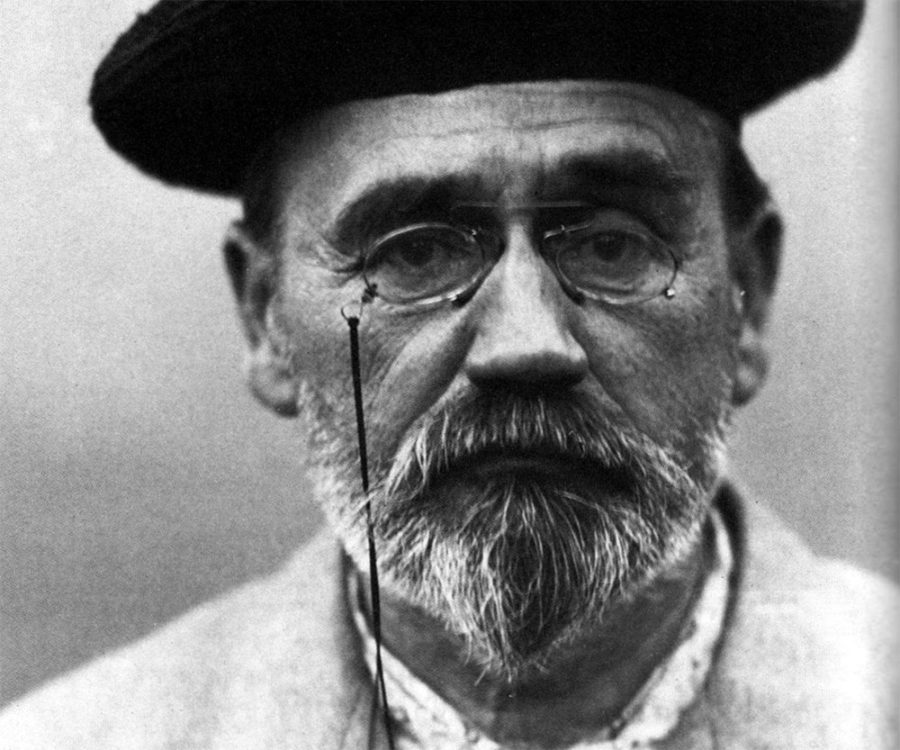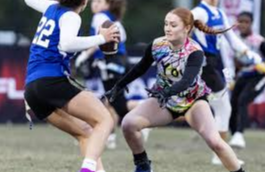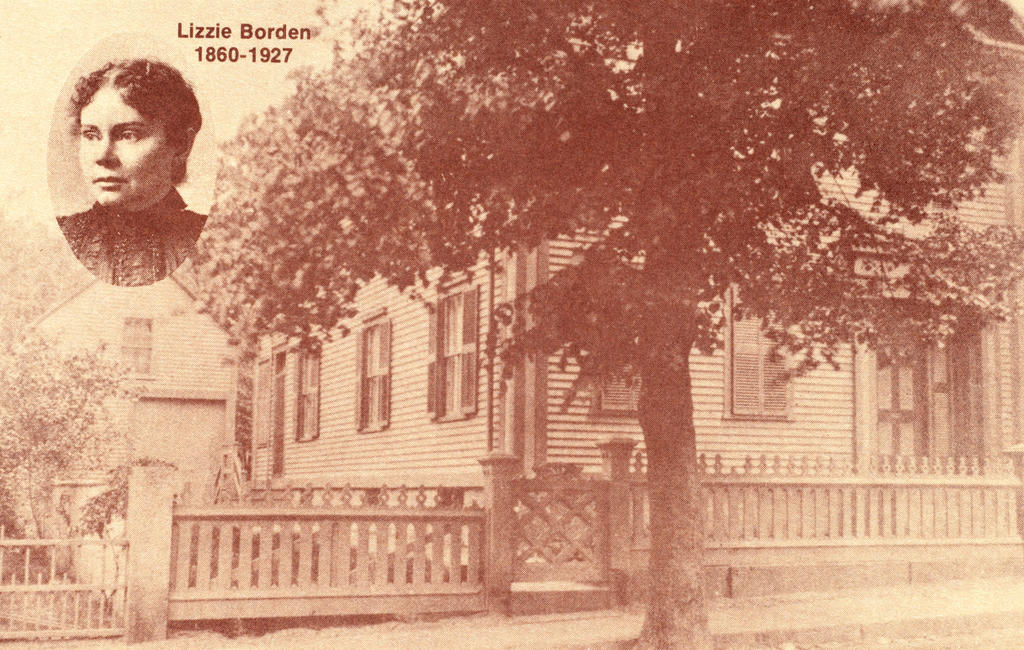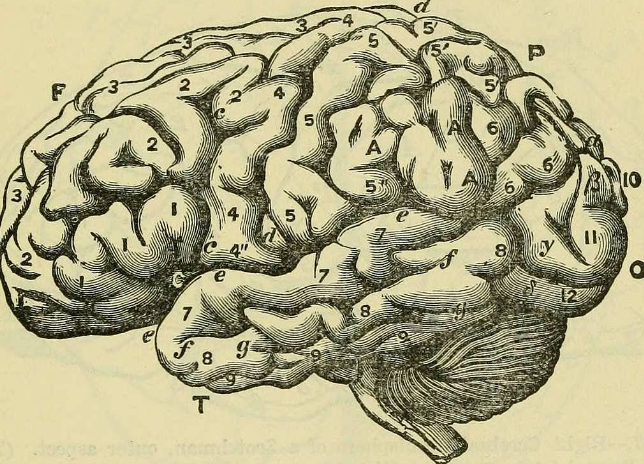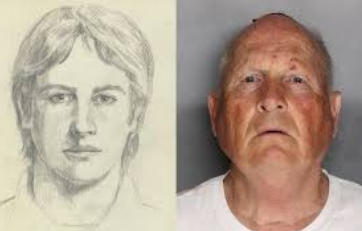Elizabeth Short was born on July 29th, 1924 in Boston, Massachusetts to Cleo Alvin Jr. and his wife, Phoebe May Sawyer. Her mother was a housewife, and her father was a US Navy sailor. In 1930, when Elizabeth was 6, her father’s car was found abandoned on the Charlestown Bridge, and everyone assumed that he had jumped off. Since her husband was presumably dead, Short’s mother began working as a bookkeeper to keep her family afloat. Elizabeth also dropped out of Medford High School during her sophomore year and was an aspiring actress. It was later revealed through a letter sent to Mrs. Short that Mr. Short was alive and well the entire time and living in California.
At 18, Elizabeth moved to Vallejo, California to live with her father. Not long after that, Short and her father began arguing, and she was quick to move out. She got a job at the Base Exchange at Camp Cooke and moved in with an Air Force sergeant who supposedly abused her. In the midst of 1943, Short moved to Santa Barbara, where she was arrested for drinking underage. Authorities sent her back to Massachusetts, but she decided to return to Florida. During her stay there, she met Major Matthew Michael Gordon Jr, an Air Force officer. After a while, Gordon proposed marriage over a letter while deployed in India and Elizabeth happily accepted. Gordon would never get to see his wedding day because he tragically passed away on August 10th, 1945 from a plane crash. A year later in July, Short moved once more to Los Angeles to pay a visit to a friend she hadn’t seen in a while: Air Force Lieutenant Joseph Gordon Fickling. Short would spend most of the last six months of her life in the Los Angeles area unemployed and barhopping. Elizabeth would return to her Los Angeles home on January 9th, 1947 after a brief trip to San Diego with Robert “Red” Manley, a 25-year-old married man she was dating at the time. Manley later revealed that he dropped Elizabeth off in downtown Los Angeles at the Biltmore Hotel so she could see her sister who had come from Boston. Hotel staff later told authorities that they spotted her using the lobby phone and supposedly other customers reported seeing her on 754 South Olive Street at the Crown Grill Cocktail Lounge. However, no one knows where Elizabeth truly went and what she did the night of her death.
On January 15th, 1947, Short’s body was found undressed and severed at the waist in a vacant lot on South Norton Avenue. Her body had been drained of blood which caused her skin to become a pale color and was washed by the killer. Medical examiners determined that she was dead for 10-15 hours before she was found. Elizabeth’s face was cut from the corners of her mouth to her ears, which is called the “Glasgow smile.” She also had multiple cuts on her thighs and breasts, and entire portions of flesh were gone. The upper and lower portions of her body were a foot away from each other and her intestines had been tucked carefully under her. The cadaver was posed by the killer with her arms up above her head, her elbows bent, and her legs apart. Reporter Aggie Underwood was one of the first to respond and took several photos. Authorities also found a heel print on the ground around the tire tracks and a sack holding watery blood nearby. An autopsy was done on Elizabeth’s body on January 16th, 1947 by Fredrick Newbarr, the LA coroner at the time. The report showed that she had badly decayed teeth, ligature marks on her ankles, wrists, and neck, and an “irregular laceration with superficial tissue loss” on her right breast. Superficial lacerations were also found on her right forearm, left upper arm, and chest. Newbarr noted that there was very little bruising which told him the “surgery” was done after Elizabeth passed. There was a laceration from her belly button to the hypogastric region and bruising seen on the front and right of her scalp which is accordant with blows to the head as well as bleeding from the blows.
Elizabeth Short’s cause of death was determined to be hemorrhaging due to the facial lacerations and the head trauma. At this point, officers had a main suspect. They also interviewed 150 men who were potential suspects and received about 500 confessions, but never any arrests or justice for Elizabeth. George Hodel was deemed suspicious after accusing his son, LAPD homicide detective Steve Hodel of doing so and committing other murders. Before Short’s death, he was suspected of murdering his secretary, Ruth Spaulding, and of raping his 14-year-old daughter and getting her pregnant. The daughter in question revealed she had an abortion. He also fled the country on multiple occasions. Steve has cited his father’s surgeon training as circumstantial evidence because what happened to Elizabeth’s body was surgery. It was revealed in 2003 that investigators wiretapped George’s home and received a conversation he had with an unknown person. In it, he says “Supposin’ I did kill the Black Dahlia. They couldn’t prove it now. They can’t talk to my secretary because she’s dead. They thought there was something fishy. Anyway, now they may have figured it out. Killed her. Maybe I did kill my secretary.” George was never arrested for the murder of the Black Dahlia and died at age 91. One man named Mark Hansen wrote a suicide note saying that the cops had not captured him yet and he was too cowardly to turn himself in. Police interviewed several people from Hansen’s address book, including Martin Lewis. Lewis had a proven alibi though, stating he was in Portland, Oregon caring for a sick family member. The murder of Elizabeth Short is still a mystery.





























